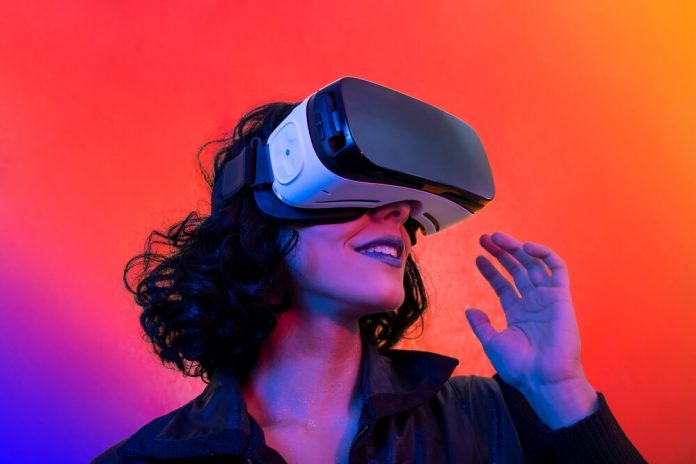
The last three years have underscored our reliance on social and emotional skills at work. A McKinsey report on reskilling found that the most important skills to develop include empathy, leadership, and adaptability. Managers are supporting their teams through shifts in hybrid work arrangements, economic uncertainty, remote team connection, mental health crises, and more. They must make difficult decisions such as layoffs to keep their organization afloat, all while prioritizing the well-being, motivation, and productivity of their teams.
Empathetic and people-centered leaders are important now more than ever. Leaders must express and understand emotions, build and maintain collaborative relationships, and enable individuals to solve complex problems and navigate ambiguity. Human skills and empathy are the core of effective management, and ultimately, overall business performance.
Immersive Learning Closes Skill Gaps
Yet, our society is facing a soft skills gap. In the U.S., the annual cost of the gap is $160 billion. Companies are losing $14,000 for every job unfilled for more than three months because they can’t find candidates with the needed soft skills. 3 out of 4 employers say they can’t find recent graduates with the required soft skills for job roles. Employers are increasingly responsible for upskilling their people, but HR professionals believe their current training methods are failing.
Immersive learning bridges the human skills gap. Research shows that learning in immersive environments develops empathy. In 2018, Stanford researchers found that participating in the virtual reality (VR) experience, “Becoming Homeless,” led to more empathetic behaviors toward homeless people than other experiential learning methods. For people managers and leaders, immersive learning empowers learners to better understand different perspectives, fostering empathy, effective human skills, and inclusive environments.
Immersive learning also empowers learners to apply their new skills to real-world situations. PwC found that VR-based learners are 40 percent more confident in applying their learning than those who use traditional learning and development (L&D) content. From conflict management to effective communication, to coaching and performance management, learners can make mistakes, practice, and grow in a safe, simulated environment.
Success Must Be Measured
Ultimately, the success of immersive learning must be measured, whether by behavior change in the individual learner, or by cultural and systemic change of the organization.
Are learners acquiring and applying these human skills? Are they changing their real-world behaviors and how they collaborate with colleagues? One way to measure impact is by connecting the immersive learning modules to the actual workplace. Learners can practice strategies between modules and complete commitments to apply their learnings. For example, after an inclusive hiring module, learners can commit to reviewing their own hiring practices, leveraging tools such as standardized rubrics or interview guides. Or perhaps they can practice applying a framework for feedback in short, just-in-time scenarios. Peer learning through group discussions and learning buddies also drives accountability and deepens connection to the workplace as learners investigate how lessons in the immersive experience impact their own teams.
Organizational impact also must be measured. Are teams more engaged and productive? Does this improve talent retention? Work with solutions that prioritize tracking these metrics or provide leading indicators that correlate with people analytics data.
Immersive Learning as Part of a Broader Learning Strategy
Immersive learning is part of a comprehensive learning strategy. Human skills are vital for the workplace, and immersive learning bridges this skills gap, translates learning into action, and empowers people-centered leaders.
As we navigate economic uncertainty, we must upskill inclusive, equitable, and empathetic leaders to lead successful organizations by improving employee engagement, talent retention, and team productivity.




